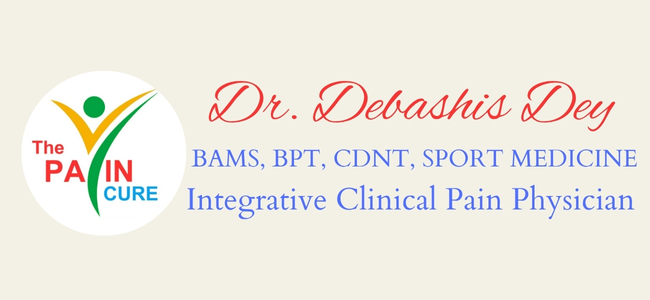Cupping
Cupping therapy is often used to address a variety of health issues, including muscle pain, inflammation, blood flow, relaxation, and well-being. However, there is limited scientific evidence to support many of these claims. The marks left by cupping are often temporary and typically fade within a few days.

How Cupping Works?
Cups: The cups used in cupping therapy are often made of glass, bamboo, or plastic. They come in various sizes and shapes. Traditional cupping involves glass cups, which are heated to create a vacuum inside the cup.
Suction: The cups are placed on the skin, and the air inside is heated or mechanically evacuated to create a suction effect. This suction causes the skin and underlying tissues to be drawn up into the cup.
Markings: As the cups are left in place for a few minutes, they can leave circular marks or bruises on the skin. These marks are not bruises in the traditional sense; they are usually painless and are believed to be the result of stagnant blood, toxins, or “qi” (energy) being pulled to the surface.
Benefits of Cupping :
Pain Relief: Cupping therapy is commonly used to alleviate muscle and joint pain. It is believed to increase blood flow to the treated area, which may help reduce pain and muscle tension.
Inflammation Reduction: Cupping is thought to have anti-inflammatory effects by promoting the release of cytokines and other anti-inflammatory substances. This could be useful for conditions characterized by inflammation.
Improved Circulation: The suction created by cupping is believed to stimulate blood flow, potentially improving circulation and oxygenating tissues. This could promote healing and overall health.
Relaxation and Stress Reduction: Many people find cupping therapy to be relaxing and stress-relieving. The process can create a calming effect and promote a sense of well-being.
Detoxification: Advocates of cupping suggest that it can help remove toxins and impurities from the body. The circular marks left by cupping are thought to indicate the removal of these substances, although this theory lacks scientific backing.
Respiratory Health: Cupping is sometimes used as a complementary treatment for respiratory conditions like asthma and bronchitis. It is believed to help clear mucus and improve lung function.
Skin Conditions: Cupping therapy may be applied to improve certain skin conditions, such as acne, eczema, or cellulite. It is thought to stimulate the skin and promote circulation.
Immune System Support: Some proponents believe that cupping can boost the immune system by promoting lymphatic drainage and enhancing the body’s ability to fight infections.

It’s essential to recognize that while many people report positive experiences with cupping therapy, there is a lack of robust scientific evidence to substantiate these claims. The effects of cupping may vary from person to person, and individual experiences may differ. Before trying cupping therapy, it’s advisable to consult with a qualified healthcare professional to discuss your specific health concerns and determine if it is a suitable treatment option for you.
